The purpose of this site (Strawberry Plants .org) is to inspire gardeners of every type to gain an appreciation for the strawberry plant and its fruit. As a fondness for the sweet strawberry grows, we hope that many gardeners will decide to grow strawberry plants from strawberry seeds. This Strawberry Seeds page is here to help those people who want to take a strawberry seed and nurture it until it is a mature strawberry plant producing strawberries!
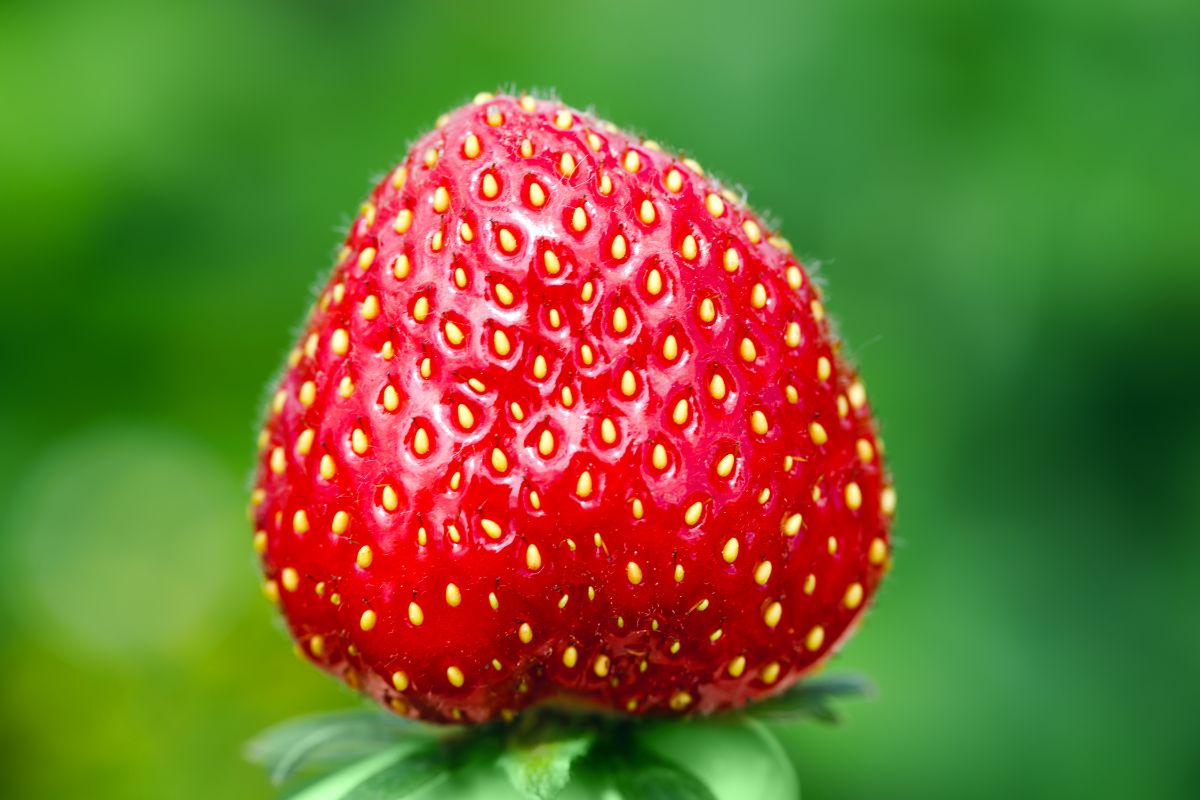
Jump to:
How the Strawberry Seeds Page Works
This main Strawberry Seeds page serves as a hub for anyone looking to learn about or purchase strawberry seeds. This page will help you understand everything you need to about growing strawberry plants from seed. If you don’t know where to buy strawberry seeds, you can visit our list of suppliers and seed companies who offer them for sale. Following that, we cover how to plant strawberry seeds and grow strawberry plants from seeds. And, of course, you can also read up on the fascinating details and information regarding strawberry seeds and what makes them unique.
As new information is added, links will be posted at the bottom of this page to the new strawberry seed information. Be sure to check back!
Strawberry Seeds for Sale Online
When looking to buy strawberry seeds for sale online, be sure that you choose a reputable supplier. To shop and buy strawberry seeds, use the link below to access our directory of online suppliers. If you know of an additional online supplier of strawberry seeds, please contact us, and we will gladly try to include them in our directory: Directory of Strawberry Seeds for Sale
(for strawberry plants, go here: Buy Strawberry Plants)
Growing Strawberry Plants from Strawberry Seeds
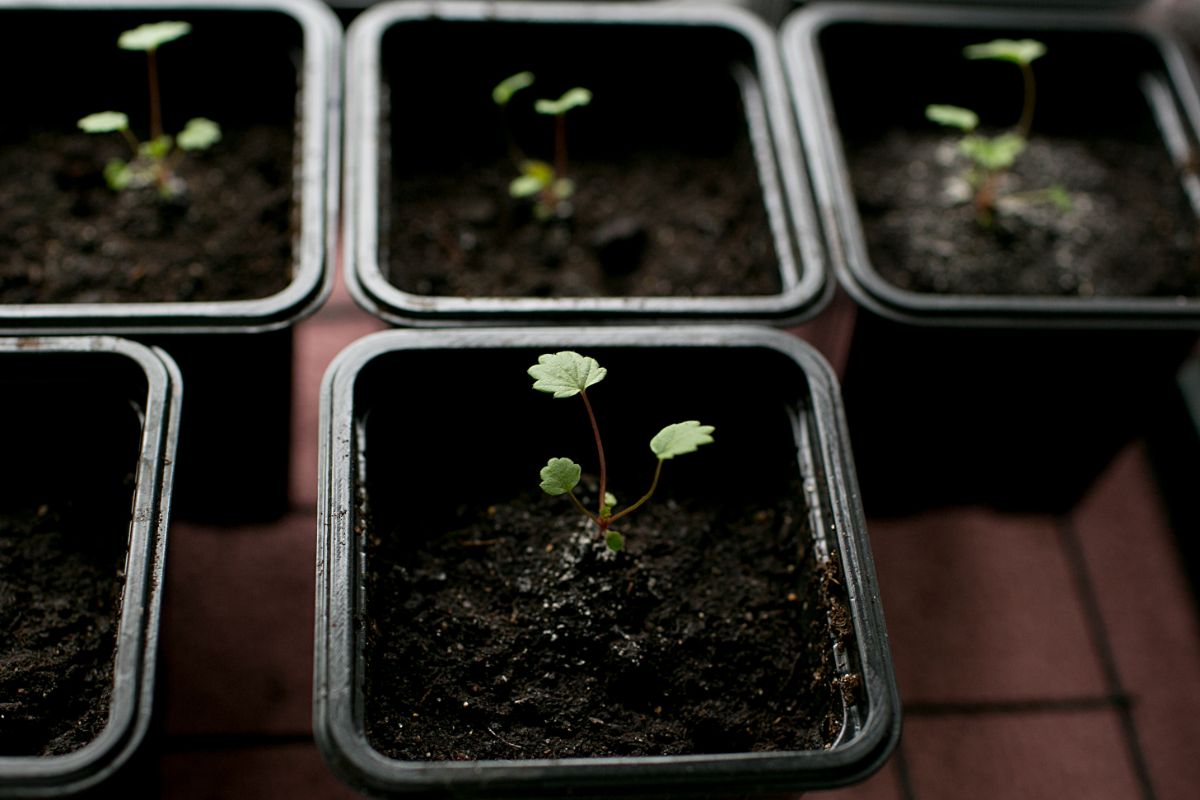
Growing strawberry plants from seed is more difficult than simply buying strawberry plants. But, it can be much more rewarding as well. Once you have a strawberry plant growing, refer to our Growing Strawberries page for guidance on how to successfully produce a strawberry crop.
Growing strawberries from seed, of course, begins with selection of your preferred Strawberry Varieties. Once you have selected the strawberry cultivar that is right for your garden and purchase the strawberry seeds, you are ready to plant. Be aware, however, that strawberry seeds from most hybrid cultivars will not reproduce true to form. Alpine varieties and heirloom seeds usually will (along with a few of the new F1 cultivars), so factor that in when planting strawberry seeds.
Many strawberry seeds need to be cold treated to encourage germination. If your selected seeds require this, fear not. It is easy. Simply wrap your seeds, put them in an airtight container, and place them in a freezer. This simulates winter conditions, and the warming period lets the seed know it is time to come to life. After keeping the strawberry seeds below freezing for two to four weeks, remove the seeds from the freezer. Leave them in the jar or container as they gradually warm up to room temperature.
Once your strawberry seeds are at room temperature and are ready to plant, you need to create a hospitable place for your seeds to begin their journey to planthood. A seed tray works well. Obtain a seed tray and prepare it. A good mix for starting strawberry seeds is 3 parts peat to 1 part organic-rich soil. Spread this out in your seed tray to a depth of about one half of an inch.
Moisten the mixture with water until it is uniformly damp. Sprinkle your strawberry seeds over the damp mixture and then cover the seeds with a very thin dusting of peat moss. Ensure that the strawberry seeds are not completely covered and are exposed to light. Keep them indoors in a well-lighted room and in direct sunlight, if possible. In two to three weeks, the strawberry seeds should germinate.
Keep the soil moist well-lighted. Warmth can help the seeds germinate, so the top of a refrigerator or on a bottom heat pad can be suitable places for germination. If the strawberry plant seedlings aren’t in direct sunlight with supplemental light, consider providing additional artificial light. A fluorescent shop light or grow light will do the trick. Position the light source 3 to 4 inches from the seedlings, and raise the light as the strawberry plants grow. If the strawberry seeds sprout too close to each other, thin them when they are between 1 and 2 inches tall, keeping the biggest and most vigorous seedlings. Gently transfer the strawberry seedlings to larger containers or pots after they gain their 3rd leaves.
If weather allows, the strawberry seedlings can be planted directly outside, or the plants in the containers can be replanted outside. If the strawberry seeds were started indoors, the young strawberry plants need to be hardened off prior to planting outside. When the temperature rises into the 50s, begin taking the plants outside in the shade for several hours each day. Gradually increase the time the plants are outdoors, eventually leaving them outside overnight as the temperature allows. Begin moving them into the sun for increasing periods of time to finish the hardening off process prior to planting. This ensures your plants won’t be damaged or killed by their environmental changes.
It is fun to grow strawberries from seed! When you are ready to plant outside, be sure to reference the Growing Strawberries page.
Saving Strawberry Seeds

If you want to grow strawberry plants from seed, you may want to consider saving heirloom seeds from year to year (heirloom strawberry seeds are the same as non-hybrid strawberry seeds). Fortunately, it is relatively easy to learn how to save them so that you can begin growing strawberries from seeds that you saved. Here is the easy way to save your seeds:
Put your ripe strawberries into a household blender. Add one cup of water to the strawberries in the blender and blend on high for 3 to 5 seconds. Try not to exceed 5 seconds of blending time, or the seeds may be damaged. Allow the components to sit for a minute or two. The viable seeds will sink and the unviable seeds will float along with the strawberry pulp. After the good seeds settle to the bottom, pour off the bad seeds and fruit pulp with the water. Rinse the seeds and then transfer them to a paper towel (or low-heat dehydrator) to dry. When dry, store them in a cool, dry place.
If you prefer to use a non-blender method, you can try an alternative strawberry seed saving method. If you dehydrate a strawberry (or let it dry completely), you can use your thumb and forefinger to rub the strawberry so that the seeds fall off. Separate the seeds from the chaff and store in a cool, dry place.
Or, if you prefer still another method, you can also use a sieve. Take a strawberry, press the pulpy part through the sieve, and the seeds should be left in the sieve. Rinse the seeds, dry, and store the strawberry seeds for future planting.
Strawberry Seeds Information
The relationship of birds and strawberries is likely due to the prevalence of strawberry plants across the temperate world. The birds, obviously, love to eat strawberries, and the seeds generally pass through their digestive tracts intact and in good shape. As the birds defecate, they spread viable strawberry seeds far and wide.
Interestingly enough, there are approximately 200 strawberry seeds adorning the outside of a strawberry. And, while often referred to as a “berry,” strawberries are not true berries like blueberries and blackberries are, and their seeds are not true “seeds.” The tasty strawberry flesh is considered accessory tissue, and those tiny flecks we all call “strawberry seeds” are actually fruits in and of themselves. The tiny fruits actually contain the seeds. These seed-containing fruits are called “achenes.” An achene is occasionally also referred to as an “akene,” “achenocarp,” or “achenium.”
The tasty strawberries are also unique in another way. Scour the earth all you want to, but you’ll not find another fruit with its seeds on its exterior surface!
Strawberry Seeds: Conclusion
Strawberry seeds give rise to the strawberry plants that produce the strawberries we all love. We think everyone should have a fond affection for the little fellows (unless, of course, you get a strawberry seed stuck in a tooth or between your gums). If you have any questions, feel free to leave a comment. And, be sure to check back as additional information is added and linked below.
More:
Pineberry Seeds
Looking for pineberry seeds for sale? If you want to grow pineberries or grow pineberries from seed, you should read this first before buying pineberry seeds online. Also has links to pineberry varieties & growing pineberries information.


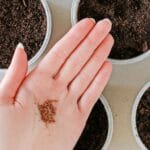


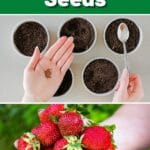
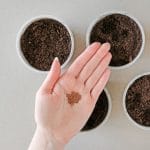
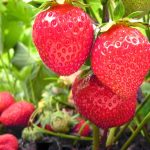
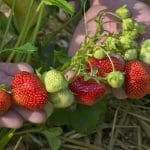
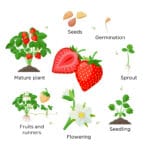
Leave a Reply